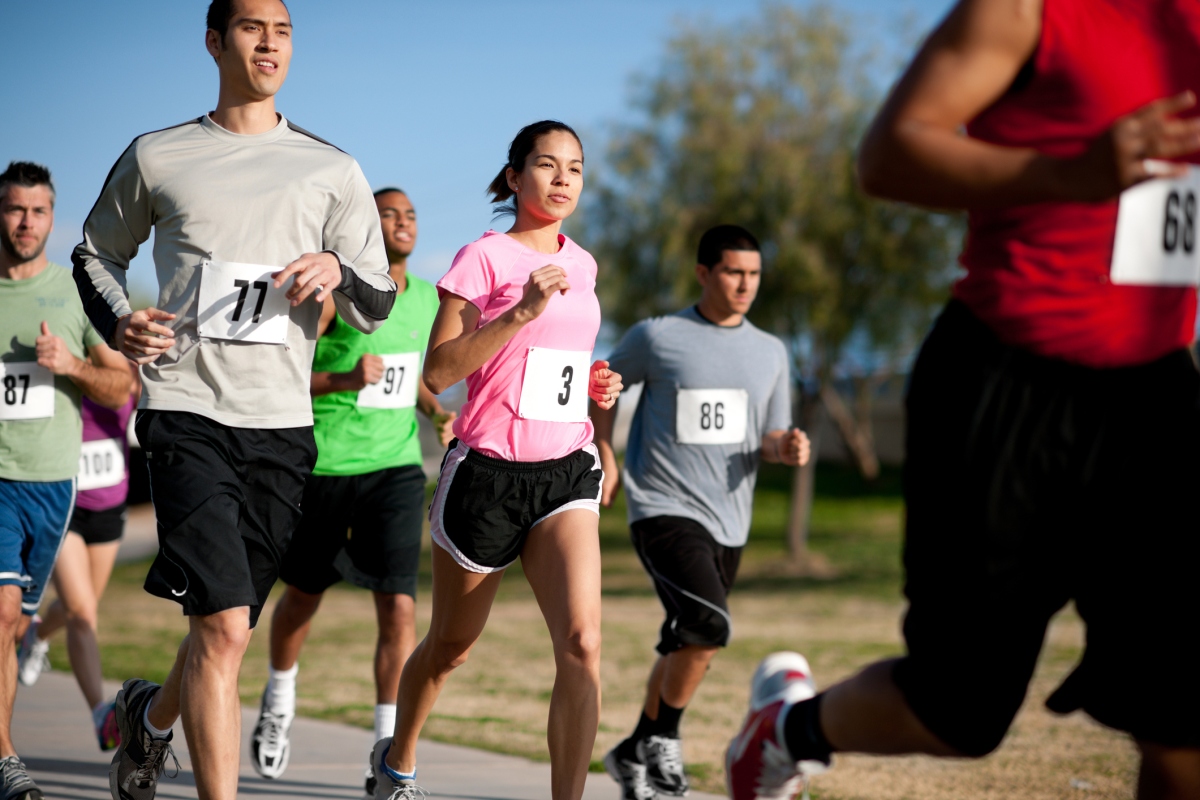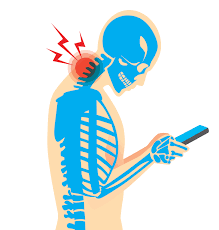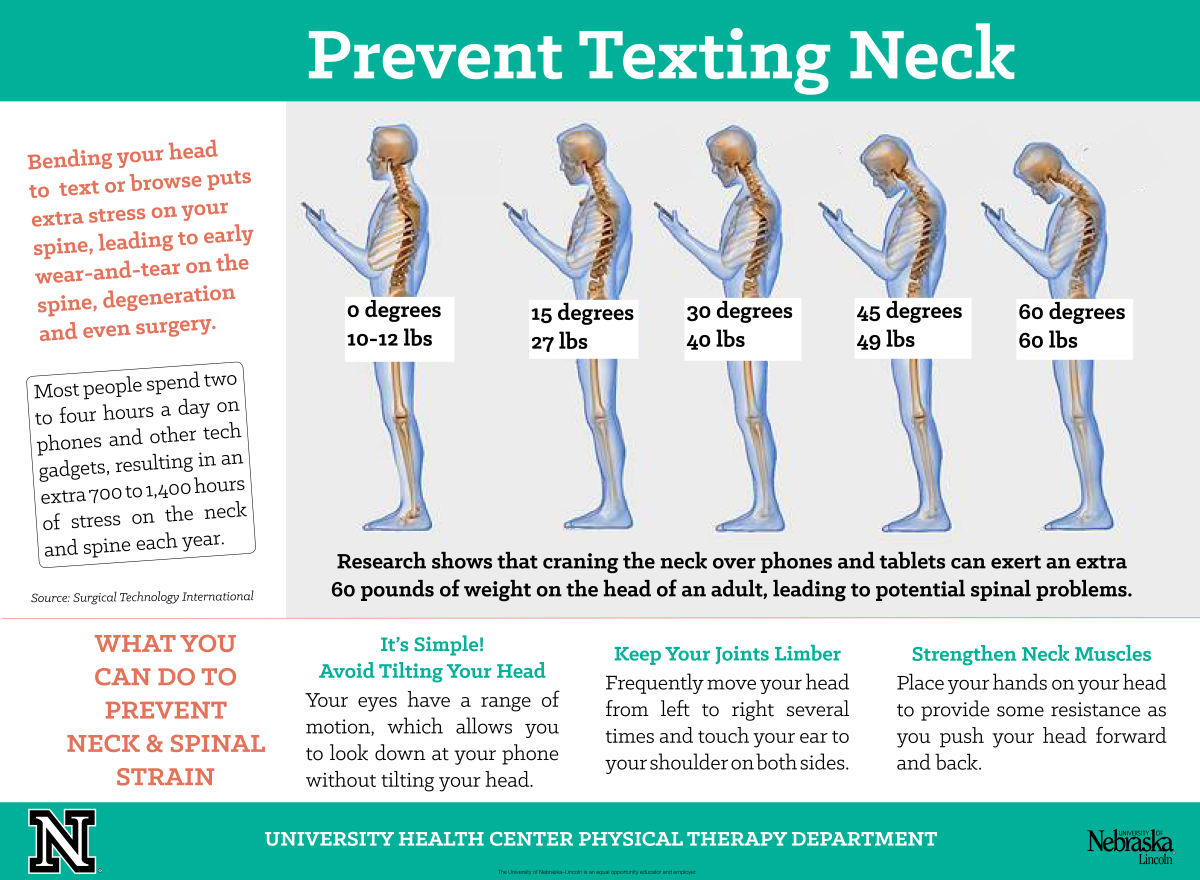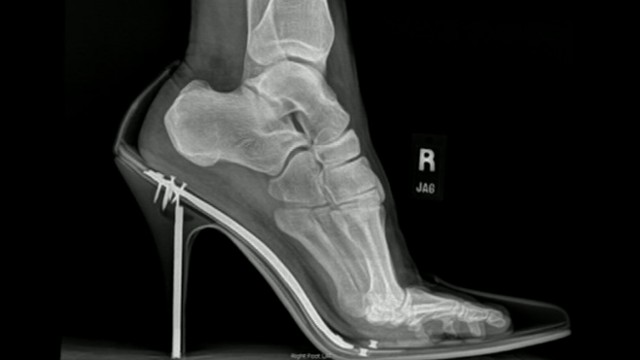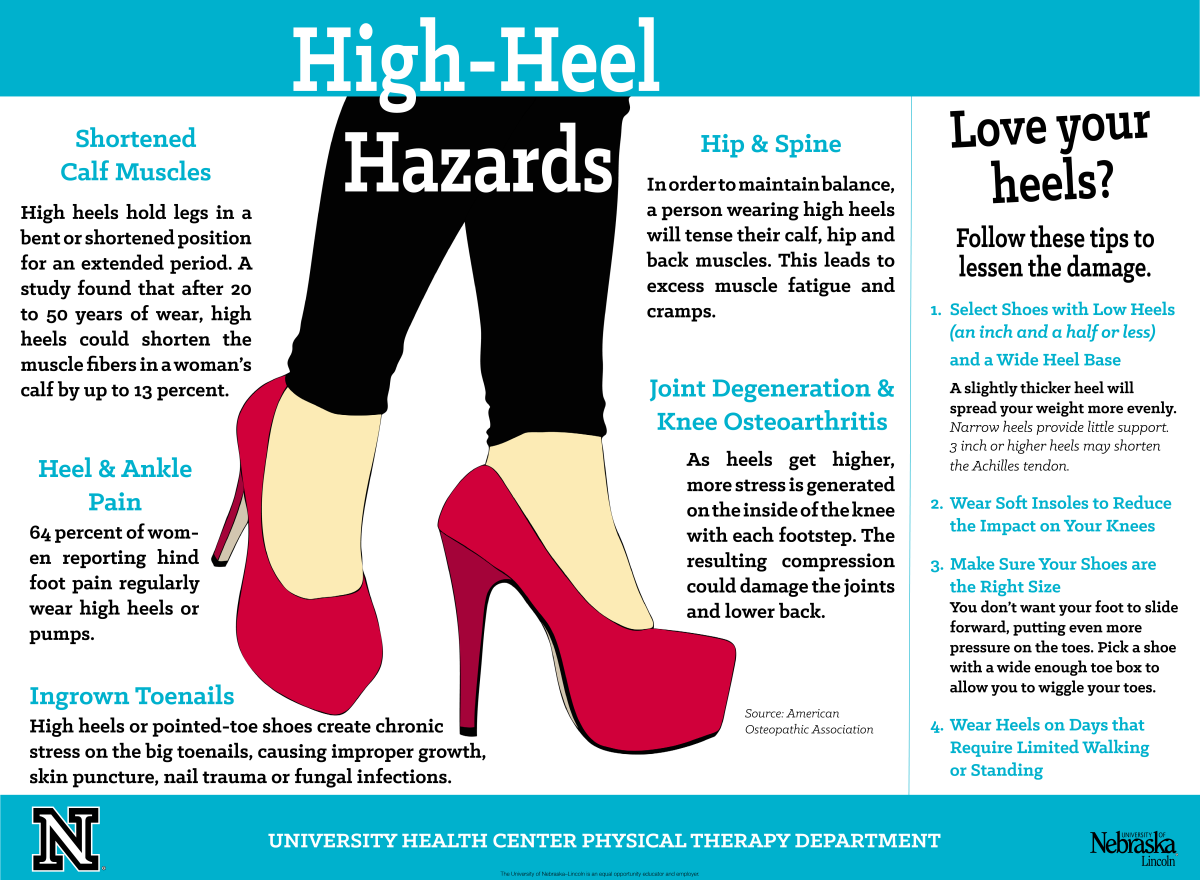By Darcie Christensen, Nebraska Medicine – University Health Center physical therapist
Backpacks are the most convenient way to carry your books, homework and supplies for the day, but an overloaded or improperly worn backpack can be the sneaky culprit behind your low back pain.
A study led by Shelley Goodgold, physical therapist, found that 55 percent of those surveyed carried backpacks heavier than 15 percent of their bodyweight, the maximum safe weight recommended by most experts.
Carrying a load heavier than 15 percent of your body weight can cause increased strain on the neck, shoulders and back and lead to harmful postures such as arching the back, leaning forward or leaning to one side. These postures can causes muscles and soft tissue to work harder, leading to higher risk of injury.
Want to avoid the pain? Try some of these strategies for a back friendly bag:
- Pick the smallest bag you can
- Aim to carry less than 10 to 15 percent of your body weight
- Wear both straps over the shoulders
- Wear your backpack so that it is centered on your back
- Do not let your backpack hang below the base of your back
- Keep straps tight so weight is close to your body (wearing weight close will actually make it feel lighter!)
- If your backpack has a waist and/or chest belt, us them to evenly distribute the weight
- Clean out your bag on weekly basis to remove unnecessary items
In short, the best practice for carrying a backpack is to be a minimalist. Only carry what you have to, choose the right bag when you need one and wear it the right way.
If your backpack is causing you pain that isn’t subsiding or if you struggle with other muscle, bone or joint pain, let the UHC physical therapy team help. Our experienced staff evaluates, treats and rehabilitates a variety of injuries and conditions. Call 402.472.5000 to schedule an appointment or visit health.unl.edu/pt to learn more.
Sources:
- Backpack use in children, 2002, Goodgold S, Corcoran M, Gillis J, Guerin J, Coyle JQ
- Effects of Backpack load on critical changes of trunk muscle activation and lumbar spine loading during walking, 2017, Li SSW, Chow DHK
- National Safety Council
- American Academy of Orthopedic Surgeons



